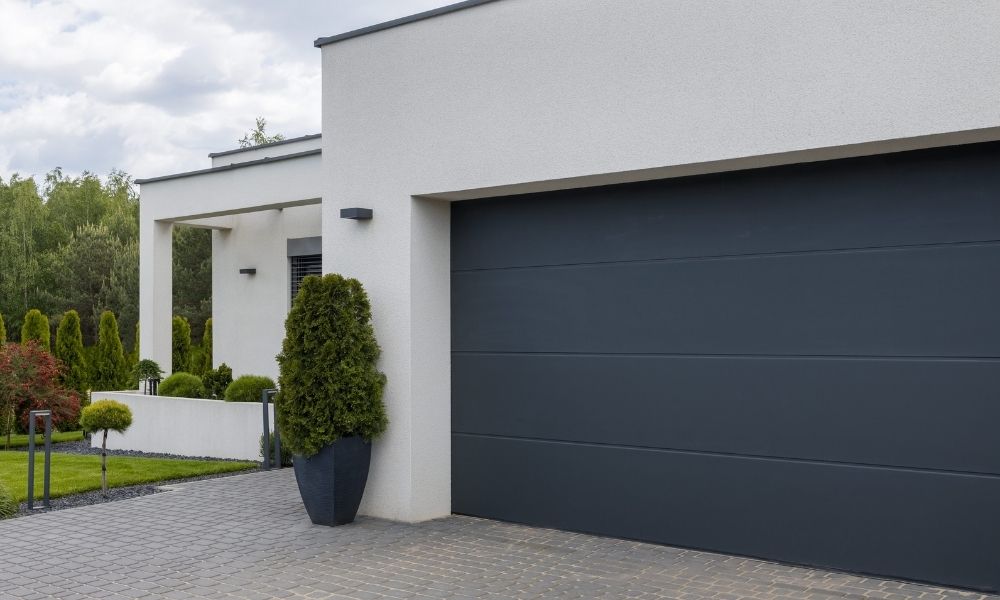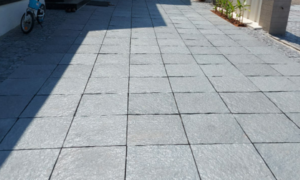Is your garage door due for replacement? What are the signs for a new installation?

The garage door is one of homeowners’ most frequently used systems, opening and closing multiple times per day. While durable, constant wear and tear take a toll over 5-10 years of use. Signs like noise, sagging, and intermittent functionality signal it may be time for replacement. Extending the lifespan risks safety, security, and repair costs rising exponentially. Knowing when to upgrade garage doors preemptively boosts daily convenience while protecting your most important investment – your home. Check for these indicators to see if a new installation is needed soon.
Visible cracking in panels
Wooden garage doors still seen on some older homes crack naturally from weathering exposure over the years. But, more modern steel panel construction endures lots of downward pressure as well, eventually causing visible dings and damage. Minor cracks may seem harmless initially but spread over time. Deep fractures along the edges also undermine structural integrity. Waiting to replace doors with substantial cracking jeopardizes stability and weatherproofing.
Difficulty opening/closing smoothly
Manually operated doors that stick or bind up during raising or lowering indicate areas out of alignment. However, automatic garage doors struggling to open or shut signal worn-out spring systems not producing enough lift. They may open partially before reversing or closing with loud banging. That extreme force strains components further. Doors no longer operating smoothly endure exponentially more mechanical issues until the system.
Frequent sensor errors
Automatic garage door openers feature infrared safety sensors projecting signals to communicate. But over time, falling out of alignment, damage, dust or electrical issues prevent proper communication triggering sensor errors. Doors may reverse unintentionally after opening barely a foot or two. If realigning sensors fails to resolve chronic errors, the faulty electronics likely necessitate full replacement.
Noisy operation every time
While some noise during operation is typical, chronic loud squeaking, grinding, or rumbling points to the need for lubrication, alignment fixes, or spring reinforcements at a minimum. When doors become extremely loud it generally indicates components are too far gone for salvage. The noisy operation produces discomfort and poses risks of failing springs/cables with forceful openings.
Sunlight visibly shows through
Some homeowners cut costs on basic garage doors using thin steel lacking insulation inside. Any model exposed to years of sun and rain needs watertight sealing across joints. Visible daylight at the edges or towards the center means weatherstripping broke down. Gaps promote energy loss and enable pests and humidity inside leading to further deterioration. Wood garage doors as well as metal ones with wood trim elements inevitably rot near ground level from moisture exposure. Signs include visibly warped, splintered, or discolored sections around the bottom indicating wood decay. While tempting to minimize the issues if they occur locally, spreading rot soon impacts structural stability. Early replacement saves on compounding repairs. Contact a burlington garage doors company in your area for an evaluation and replacement quote meeting unique needs if the signs above resonate.






